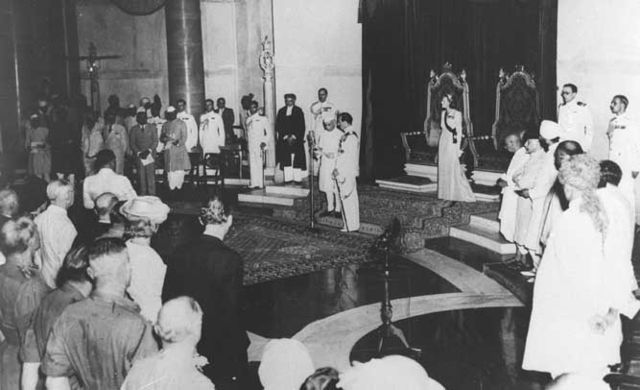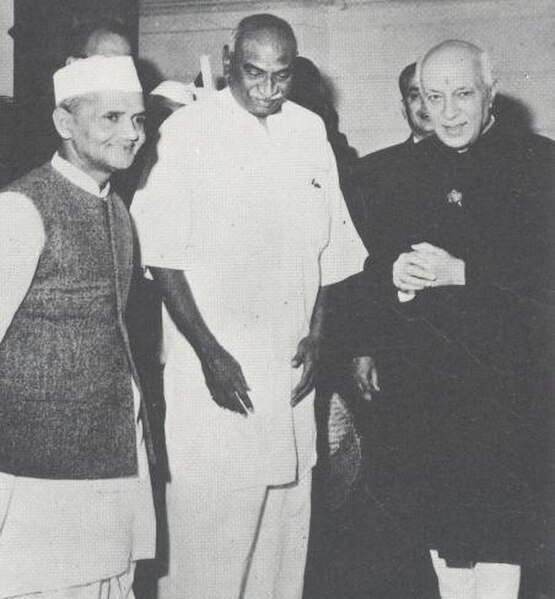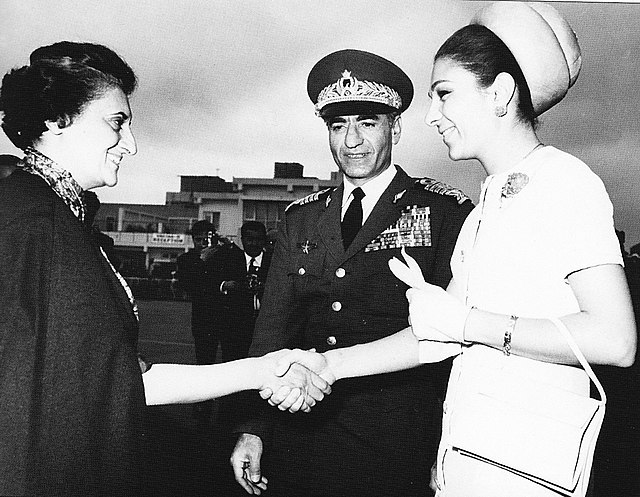The Teen Murti Bhavan is a building and former residence in New Delhi. It was built by the British Raj and became the residence of the first Prime Minister of India, Jawaharlal Nehru, who stayed there for 16 years until his death on 27 May 1964. It was designed by Robert Tor Russell, the British architect of Connaught Place and of the Eastern and Western Courts on Janpath during the British Raj. Teen Murti Bhavan was built in 1930 as part of the new imperial capital of India, New Delhi, as the residence of the Commander-in-Chief of the British Indian Army. This imposing structure covers a massive area of 30 acres and was carved out of white stone and stucco to give it its signature look.
Residence of India's first Prime minister, Pt. Jawaharlal Nehru
Teen Murti (three statues) Memorial built in 1922, outside Teen Murti Bhavan, which gives the building its name
Nehru Planetarium, New Delhi
Teen Murti Bhavan, with pillared veranda overlooking the back lawn.
The prime minister of India is the head of government of the Republic of India. Executive authority is vested in the prime minister and his chosen Council of Ministers, despite the president of India being the nominal head of the executive. The prime minister has to be a member of one of the houses of bicameral Parliament of India, alongside heading the respective house. The prime minister and their cabinet are at all times responsible to the Lok Sabha.
Lord Mountbatten swears in Jawaharlal Nehru as the first Prime Minister of India on 15 August 1947.
Lal Bahadur Shastri, K. Kamaraj, and Nehru, ca. 1963
Shah Mohammad Reza Pahlavi and Shahbanu Farah Pahlavi of Iran being received by prime minister Indira Gandhi at New Delhi airport, 1970
Queen Beatrix of the Netherlands, left with PM Rajiv Gandhi, Prince Claus, and Sonia Gandhi, The Hague, 1985








